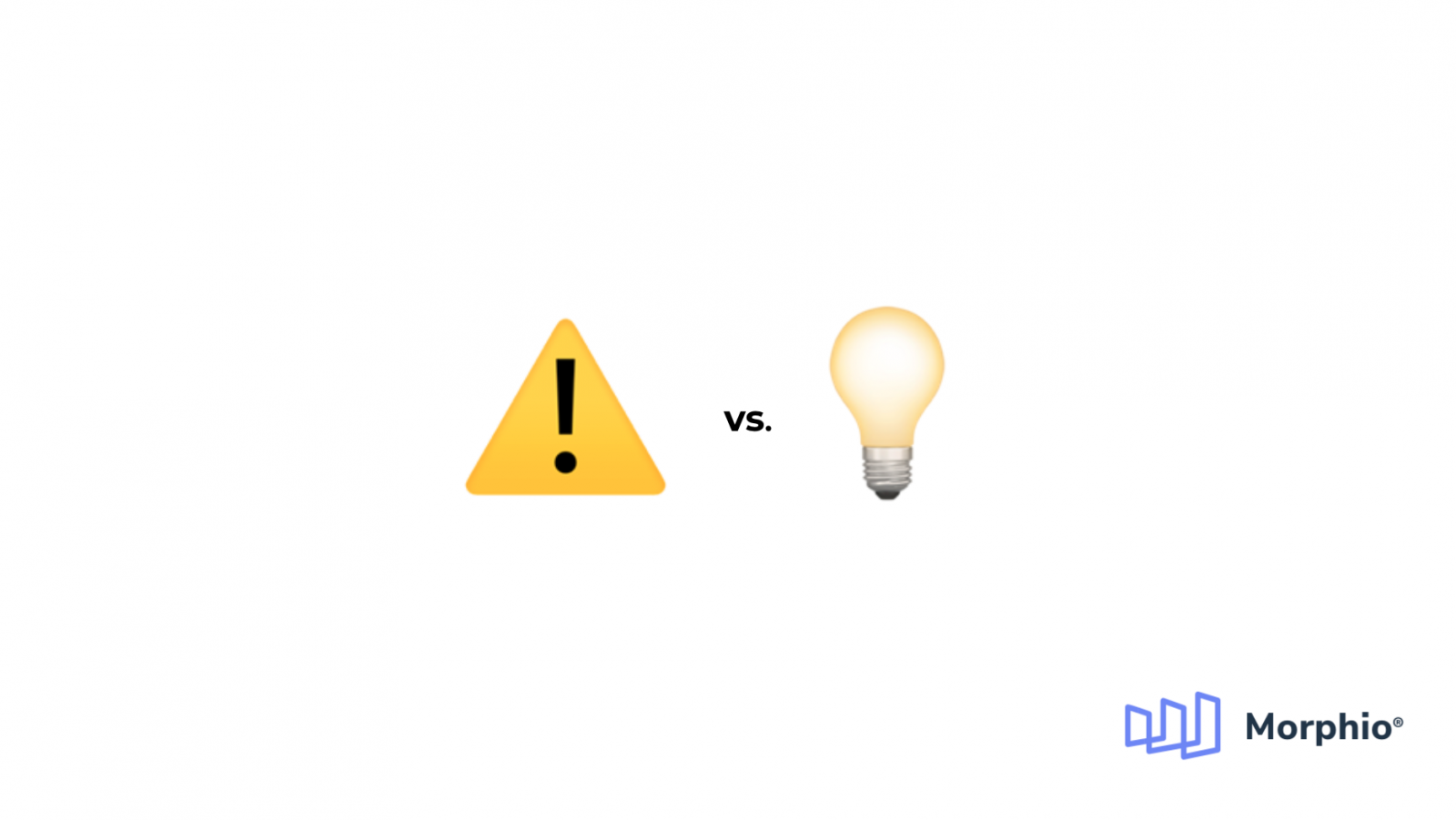
Digital marketing alerts tools are a growing sector for good reason – being a digital marketer these days is akin to keeping a ton of plates spinning. As the landscape fractures over more and more platforms and the breadth of campaign options within those platforms increases, it’s ever more important to have a solution that can keep check on things.
There are a ton of different ways third party platforms can support you, from monitoring and alerts, to insights. The problem is that once you’ve stacked a couple, the monthly costs quickly add up. When just layering tools isn’t an option (and for most of us it isn’t) a considered approach is needed to ensure you’re investing in the platform that is going to support your way of working. Distinguish between your needs, your wants, and your nice-to-haves and line them up with tools’ features. Think about the risks and points of weakness in your process and reinforce them accordingly.
When to prioritize digital marketing insights
The principal value of insights is time savings. If we consider the process of digital marketing to be led primarily by investigation, followed by diagnosis, before planning your changes and implementing them – then it is the first two steps that dominate most of a digital marketers day. Insights help cut down that time. Depending on the specific features offered by the tool, insights will help point you straight to the anomalies across all your campaigns so that you don’t have to find them yourself.

This feature exists within Morphio where trend-based machine learning plots actual performance against an expected range – anywhere the results deviate, it flags it as an issue. Some insights tools will go a step further and try to help with diagnosis. A word of caution here though, the level of nuance required to make a true assessment for your specific client is far beyond any affordable AI platforms, so understand that suggestions will only ever be that: suggestions. Ideally, you’ll still make that assessment yourself.
When to prioritize digital marketing alerts
Alerts fill an all together different function, albeit a crucial one. The value here depends on a few things: experience of the marketer, the breadth of platforms being used (and campaigns within them), and the size of the client book. An experienced marketer can work at scale but staying on top of that scale becomes a challenge in itself – outages, budget overages, or significant downturns in results can go unnoticed until they are a significant issue (read: tricky conversation with the person who pays the media bills).

Alerts act as an insurance policy – once set up they will monitor core KPIs across all your accounts and let you know when something needs your attention. In short, the benefit is all about risk mitigation. Outages happen, bad performance happens, the key is ensuring that you catch it early. The more clients, the more platforms, the more campaigns, and the higher the budgets… the higher the risk – the more alerts can help you.
In an ideal world, you’d use both. Both exist as features within Morphio, but obviously the insights features need to fit with your workflow – and that will be true of any optimization/alert platform you look at onboarding. The takeaway here is to go through the exercise of mapping out your process and determining where the time sink is – and quantifying where the risks are across the portfolio of campaigns you run. Get acquainted with the distinctions between the needs, wants, and nice-to-haves, then take a look at where 3rd party platforms can help out.